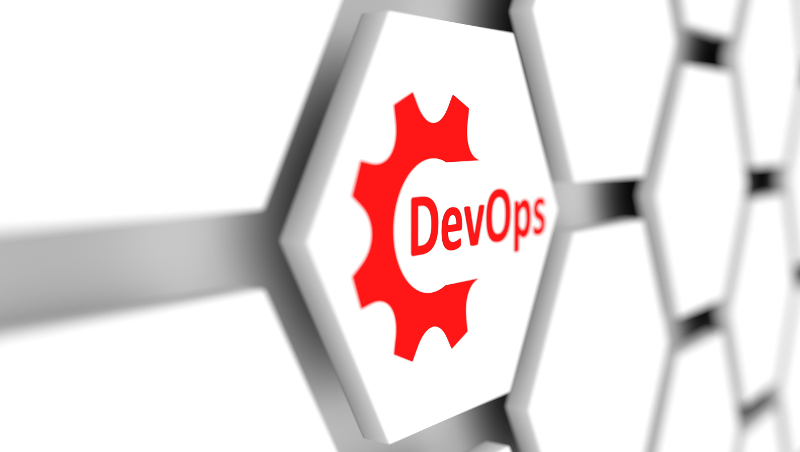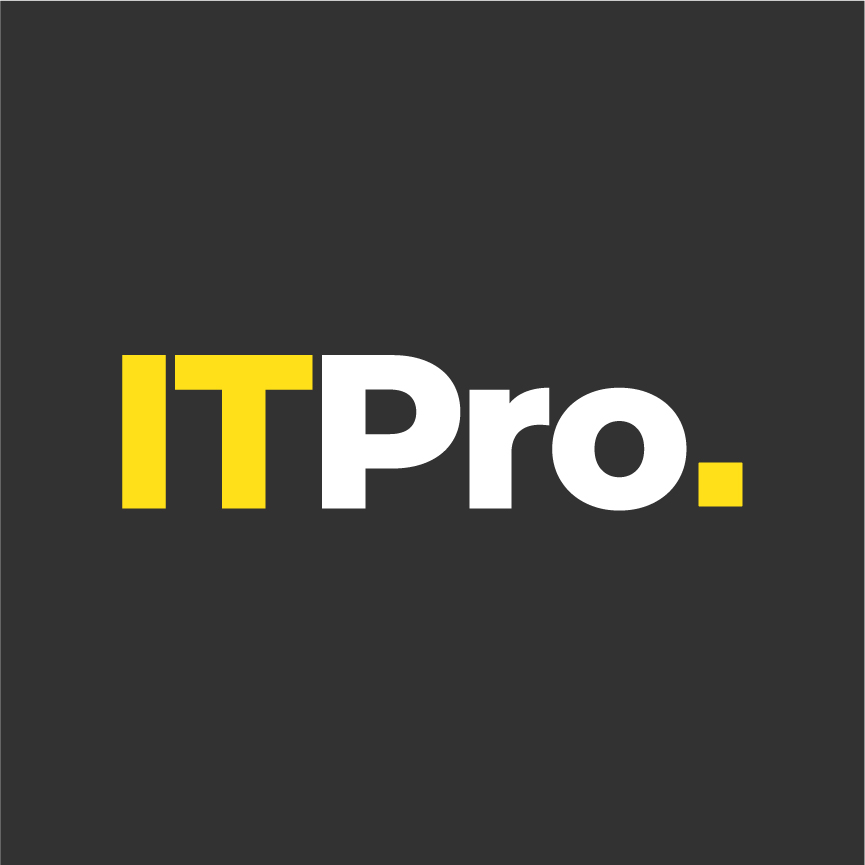DevOps and the cloud: Everything you need to know
We take a look at how DevOps brings harmony, especially in a cloud world

DevOps is a way of bringing two teams that have until now been separate entities. But what is it and how exactly does the cloud help things?
Latest news
26/02/2016: Four out of five companies plan to operate in a hybrid cloud environment, according to new research.
F5 Networks Inc surveyed 3,002 IT directors and managers from its worldwide customer base – which include finance, manufacturing, governments, education and telecoms, among others – for its 2016 State of Application Delivery report.
The survey found that 81 per cent of respondents plan to operate in a hybrid environment, leading researchers, Cindy Borovick and Lori MacVittie, to suggest that hybrid cloud is the “new norm”. Furthermore, one out of respondents said they plan to migrate over half of their applications to the cloud.
“The number one trend was mobile apps. Then we saw this mix of public cloud, private cloud, SaaS, and big data.
“What we found from these strategic trends is that our customers are developing apps in a multi-cloud environment. They exist across the spectrum: on-premise, standard or out in the public cloud.
Sign up today and you will receive a free copy of our Future Focus 2025 report - the leading guidance on AI, cybersecurity and other IT challenges as per 700+ senior executives
“We see the respondents wanting to make sure they’re developing the app in the most appropriate location.”
Borovick and MacVittie discussed more of their findings in a webinar.
12/10/2015: UK-based crowdfunding platform Crowdcube signed up in August to Rackspace's Managed Cloud to help its aggressive growth plans without the high costs of employing a whole team of DevOps engineers.
VMware launched in September its Photon Platform targeted at DevOps teams planning to build out large pools of commodity computing dedicated solely to running cloud-native applications, choosing between a range of container frameworks including Docker Swarm, Kubernetes, Mesos and Cloud Foundry that can run on the platform.
What exactly is DevOps?
To put it simply, DevOps brings together two strands of IT: development and operations. While that sounds pretty straightforward, it’s a bit more complex than that.
Part of the problem is the broad definition of the component terms. It all sounds straightforward but in reality, there are a variety of different job functions within this definition.
Under operations, are numbered systems engineers, system administrators, network managers, network architects, database administrators, security officers and storage specialists. The same process applies when it comes to developers: there will be hard-core coders, UI specialists, QA testers all coming under the category of developers.
That’s confusing enough, but this mix of roles show hard it is to define the word. There’s no overarching body acting as an arbiter of these things; no single organisation looking at the term in the same way as NIST did for cloud computing. This has led to DevOps becoming somewhat of a catch-all term, prone to marketing hype and meaning what a company wants it to mean.
Is DevOps the same as agile?
There’s a close tie-up with agile project development, but they’re not entirely the same thing. DevOps takes the process much further, according to Michael Azoff, principal analyst with Ovum. “Agile was very much focused on development and not focused on the last mile - DevOps completes the lifecycle,” he says.
There are strong similarities, however. Both work on the basis of improved collaboration between teams from different disciplines, for example. This leads to better planning, an improved ability to complete project delivery on time and the means to react to changing circumstances more quickly.
Azoff says that one of the key areas in the future where DevOps is going to make its presence felt is in the need for constant delivery. This is a software strategy aimed at allowing organisations to deliver new features to their users more quickly, acting as a sort of application production line.
He picks out Israeli company IncrediBuild as the only real innovator in this space. IncrediBuild draws on the possibilities in the extended cloud so that developers aren’t handicapped by drawing their own processing power. It offers acceleration capabilities without the need to set up virtual machines.
How are businesses adapting to DevOps?
There’s little doubting the influence DevOps is having on enterprises' IT planning. A survey from CA Technologies, published last year, found that 88 percent of US businesses had adopted, or were planning to adopt, DevOps within the next five years – an increase from 66 percent in the previous year.
The main drivers were better availability (and more platforms), increased frequency of deployment, improved collaboration and a reduction in the time taken in fixing faults, according to the study.
This improved collaboration, however, can be a double-edged sword. The adoption of DevOps means that different departments will have to work together more closely, something that’s not always as straightforward as it seems.
There’s certainly an issue that DevOps struggles as much for cultural reasons as technical ones. Azoff says that he’s been involved in many DevOps projects where he’s seen at first hand the conflicts between the various groups. “I’ve not been part of any of those tribes. I feel like an anthropologist, looking in on these people," he says.
"For DevOps to work effectively, there is a real need to change that. The companies who have already turned to Agile have a head start, they find it quite normal to collaborate in this way."
How does DevOps help companies move to the cloud?
Just as there’s a comparison between the way that agile development has evolved and the emergence of DevOps, so too is there a connection between DevOps and cloud deployment. Both have the aim of improving flexibility across an organisation and both are tied to increase automation and both tend to involve different parts of the businesses working together.
There’s an acceptance that DevOps can help with the rollout to the cloud. Earlier this month, a survey from research organisation MeriTalk, found the use of DevOps could significantly speed up the way in which federal agencies move to the cloud - something that has been a bone of contention for public sector bodies.
The recent research revealed how DevOps is penetrating the CIO mindset: 57 per cent of respondents regarded DevOps as a way to accelerate the move to the cloud while 68 per cent saw it as a way of improving collaboration between IT development, security, and operations teams.
Where next for DevOps?
It generally means better software, where work develops smoothly with fewer hiccups and fewer bugs. It also means better working across the organisation, where technical teams can better understand the business needs.
DevOps can also help with the drive towards automation, a necessary precursor for cloud deployment. It also does away with the siloed approach with a corporate infrastructure, which is a way of work that hinders flexibility.
Business managers need to buy into the process too. They need to be prepared for the changes engendered by this shift in approach. They also need to be ready to adapt better to changing circumstances and need to be more flexible about job functions.
The world of business is changing rapidly and companies are looking for that extra advantage: faster deployment of projects, more efficient use of personnel, ability to react to market change and better software and so on.
DevOps can provide all of these and, in conjunction with the cloud, can make a business prepared to meet the challenges of the modern world.
ITPro is a global business technology website providing the latest news, analysis, and business insight for IT decision-makers. Whether it's cyber security, cloud computing, IT infrastructure, or business strategy, we aim to equip leaders with the data they need to make informed IT investments.
For regular updates delivered to your inbox and social feeds, be sure to sign up to our daily newsletter and follow on us LinkedIn and Twitter.
-
 Gender diversity improvements could be the key to tackling the UK's AI skills shortage
Gender diversity improvements could be the key to tackling the UK's AI skills shortageNews Encouraging more women to pursue tech careers could plug huge gaps in the AI workforce
-
 Researchers claim Salt Typhoon masterminds learned their trade at Cisco Network Academy
Researchers claim Salt Typhoon masterminds learned their trade at Cisco Network AcademyNews The Salt Typhoon hacker group has targeted telecoms operators and US National Guard networks in recent years

